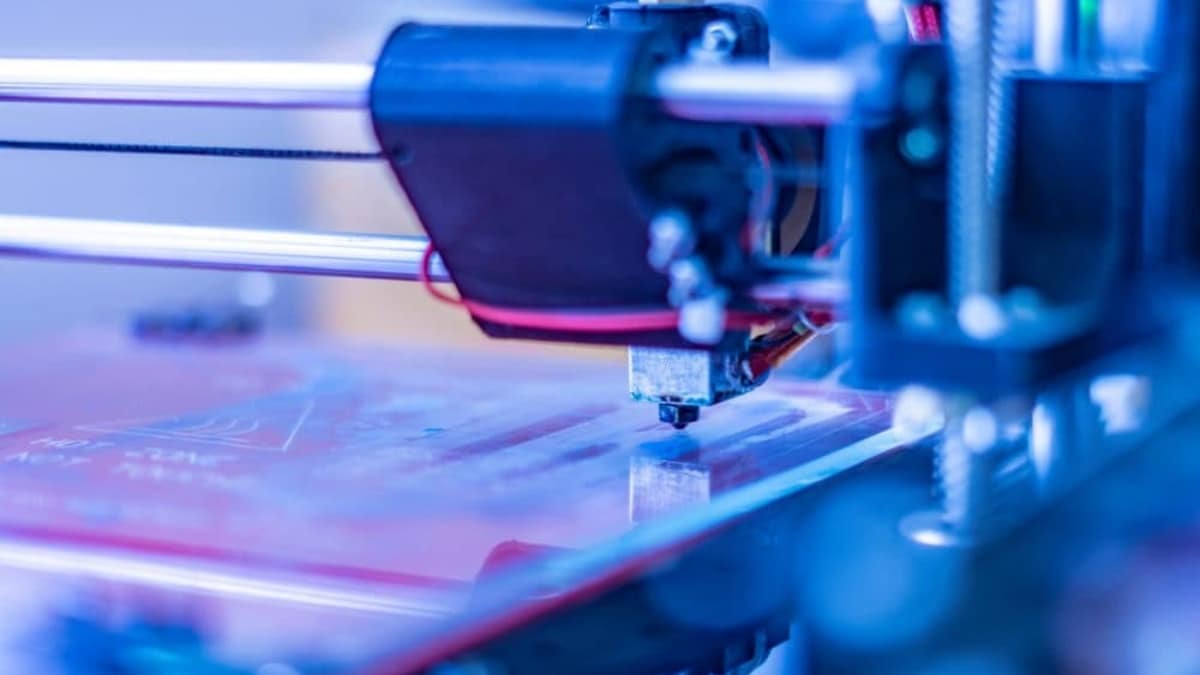In the complex world of healthcare, innovative technologies often work behind the scenes to revolutionize patient care. One such unsung hero is medical extrusion technology. This article delves into the fascinating realm of medical extrusion, exploring its applications, processes, and the growing trend of outsourcing in this specialized field.
Contents
What is Medical Extrusion?
Medical extrusion is a manufacturing process used to create a wide variety of medical devices and components. It involves forcing molten plastic or other materials through a die to form a continuous profile with a fixed cross-sectional area. This technique is crucial in producing many of the tubes, catheters, and other medical implements that healthcare professionals use daily, such as safe plastic bags and sheets.
Applications in Healthcare
The applications of this process are vast and diverse. Medical extrusion technologies usually focus on tubes, bags, and sheets. There are many different types of tubes manufactured through extrusion:
- Catheters for minimally invasive surgeries
- Tubing for drug delivery systems
- Artificial blood vessels
- Stents for maintaining open blood vessels
- Surgical drains
- Endotracheal tubes for respiratory support
Another product is medical-grade plastic bags used in healthcare for transfusion, dialysis, or phleboclysis. Made of non-toxic foils, they are developed to withstand multiple sterilization cycles, utilizing technology that ensures resistance to temperature, impact, and corrosion.
Medical plastic sheets are also a very common application of medical extrusion that ensures resistance to fire and strike, transparency – allowing visual inspections –, and malleability.
These extruded products play a vital role in modern medicine, enabling procedures that were once impossible and improving patient outcomes across various medical specialties.
The Extrusion Process
The medical extrusion process requires precise control and specialized equipment. It typically involves the following steps:
- Material selection and preparation
- Heating the material to its melting point
- Forcing the molten material through a die
- Cooling and solidifying the extruded product
- Cutting to desired lengths or coiling for storage
Each step demands meticulous attention to detail to ensure the final product meets stringent medical standards.
Benefits of Outsourcing Medical Extrusion
As healthcare technology advances, many companies are turning to outsourcing for their medical extrusion needs. This trend offers several advantages:
- Access to specialized expertise and equipment
- Cost-effectiveness through economies of scale
- Faster time-to-market for new products
- Compliance with complex regulatory requirements
- Flexibility to meet changing demand
Outsourcing allows healthcare companies to focus on their core competencies while leveraging the expertise of specialized extrusion manufacturers.
Future Trends
The future of medical extrusion is bright, with several exciting trends on the horizon, such as the integration of smart materials for responsive medical devices and advancements in biodegradable and bioabsorbable materials. The field is also developing micro-extrusion for increasingly miniaturized devices and 3D printing combined with extrusion for custom medical solutions. As these technologies evolve, they promise to further revolutionize healthcare delivery and patient outcomes.
As the demand for innovative medical devices continues to grow, understanding and harnessing the power of medical extrusion will be key to advancing patient care and medical science.

